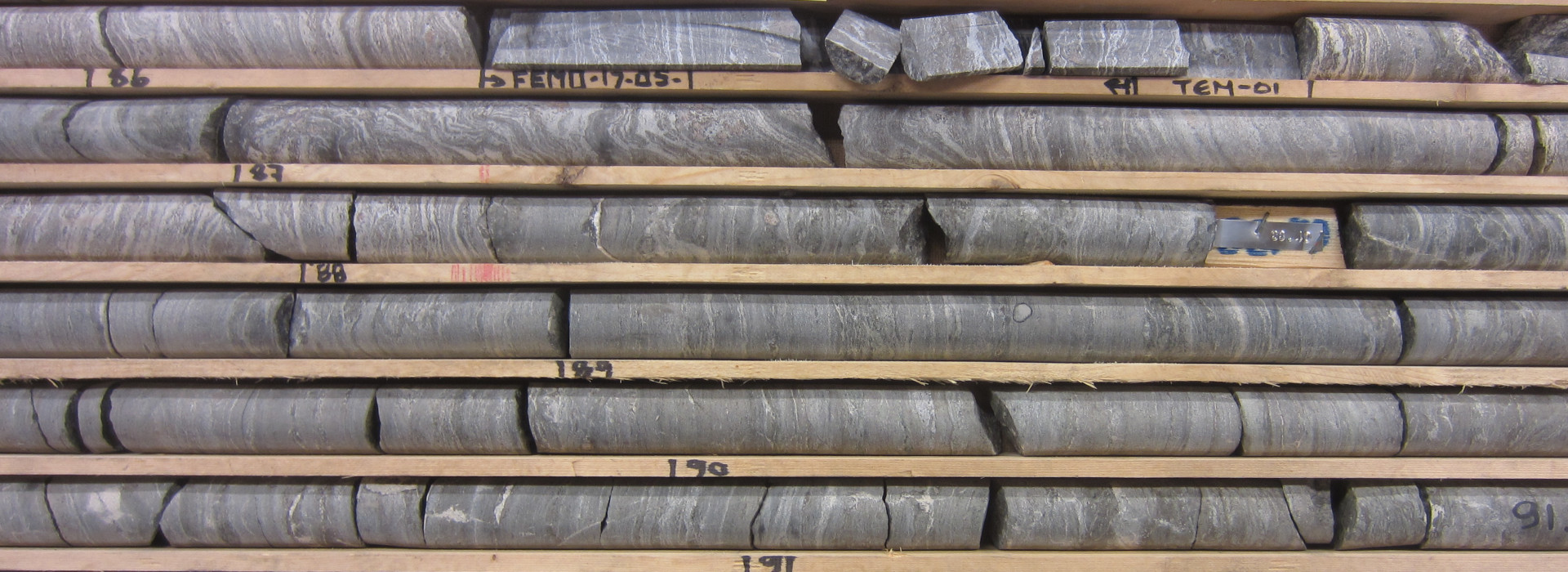Corundum (α-Al2O3) is widely used in industry, but mainly supplied as synthetic material (Harben 1995). Corundum is mainly formed in amphibolite to medium-pressure granulite facies metamorphic belts and dolerite dykes in continental rift setting by metamorphic or hydrothermal processes (Simonet et al. 2008). Gem varieties are ruby (red) and sapphire (all other colours), where the colouring is the result of incorporation of traces of Fe, Ti, V, Ga and Cr in the crystal structure (Hughes 1997; Matlins 2010). Very little is known about the primary geological control of corundum colouring, because most ruby and sapphire are mined from fluvial placer deposits (Simonet et al. 2008). We use a unique natural laboratory in Greenland, where we can study the genesis of hydrothermal ruby and trace element distribution between minerals in situ (Keulen et al. 2014; https://eng.geus.dk/mineral-resources/economic-geology/provenance-and-gemstone-studies/). The understanding of hydrothermal ruby-forming processes requires spatially resolved analysis of trace elements and isotope ratios using LA-ICP-MS (single-collector and sector-field).

